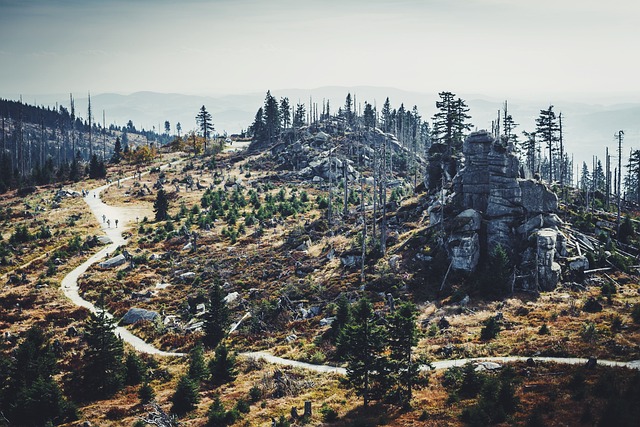The increasing urgency surrounding climate change calls for innovative solutions, and one of the most promising strategies is reforestation. This process involves replanting trees in deforested areas, thereby restoring ecosystems and rehabilitating habitats that are critical for biodiversity. With forests acting as natural carbon sinks, they play an essential role in mitigating greenhouse gas emissions and combating climate change.
As we witness the devastating impacts of climate change—rising sea levels, more frequent and severe weather events, and loss of biodiversity—the need for collective action becomes evident. Reforestation can serve as a beacon of hope in this challenging landscape. By planting trees, we not only remove carbon dioxide from the atmosphere but also restore the delicate balance of our planet’s ecosystems.
The environment thrives with trees. They provide oxygen, support wildlife, and create a natural buffer against the harsh effects of climate fluctuations. Furthermore, forests contribute to soil health and prevent erosion, making them crucial for agricultural viability and water resources. When communities engage in reforestation, they foster a sense of stewardship for the land, cultivating a deeper connection to nature and a commitment to future generations.
Climate change is not just an abstract concept; it is a reality affecting our daily lives. The thinning of forests exacerbates this issue, transforming lush landscapes into barren fields. In Some regions, indigenous communities have witnessed firsthand the loss of their resources due to deforestation, prompting them to initiate grassroots reforestation projects. These efforts not only restore the land but also empower communities by revitalizing their traditions and cultural practices tied to the environment.
The emotional weight of witnessing trees cut down can be overwhelming. However, the act of planting a tree can be incredibly therapeutic and rewarding. It allows individuals to contribute positively to a solution that can reverse some of the damage done. Schools, families, and organizations worldwide are coming together for tree-planting events, fostering unity in the face of climate adversity.
Reforestation is not merely an environmental issue; it’s a profound social and economic opportunity. Jobs are created in nurseries, planting, and maintenance, helping communities affected by climate change find sustainable livelihoods. Additionally, reforested areas can promote eco-tourism, benefiting local economies while simultaneously preserving the environment.
The pathway toward a sustainable future must emphasize preserving what we have left while actively restoring what has been lost. Every tree planted is a step toward healing our planet. Governments, businesses, and individuals must prioritize reforestation alongside reducing emissions and transitioning to renewable energy sources. The collective impact can lead to significant strides in mitigating climate change, making the Earth a healthier place for all its inhabitants.
As we move forward, let us not forget that nature has an incredible ability to heal itself, given the right conditions. Through concerted reforestation efforts, we can nurture our planet back to health, ensuring a vibrant, sustainable future for generations to come.



